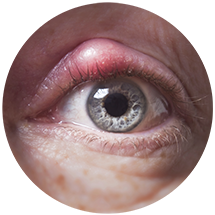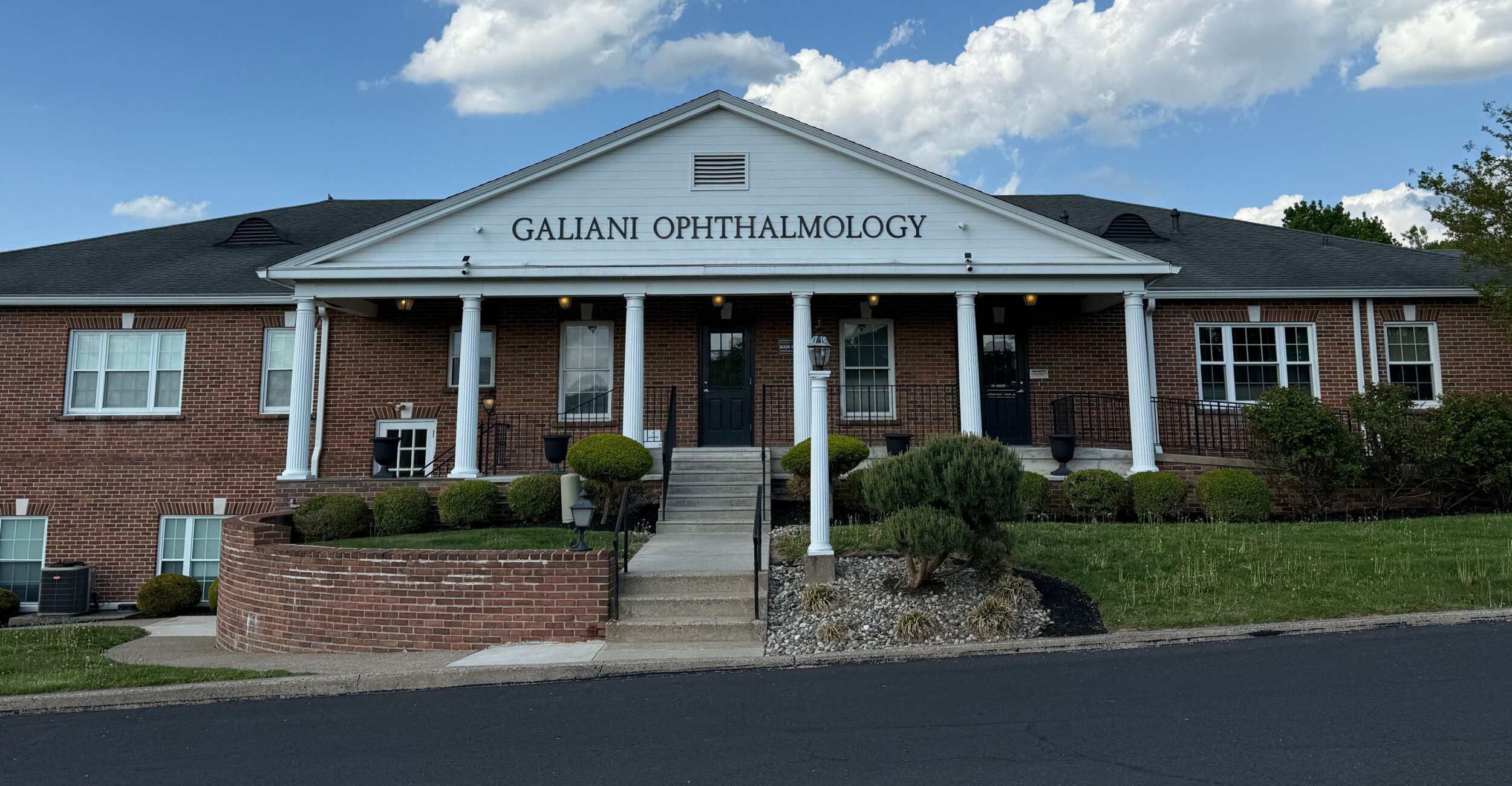
At Galiani Ophthalmology Associates, Dr. David Galiani and our experienced team offer advanced, personalized care for patients with dry eye syndrome.
With offices in Doylestown and Reading, PA, we proudly serve individuals throughout the region with the latest technologies and a commitment to protecting and improving vision.
Our doctors are recognized for their expertise in dry eye management, as we focus on identifying the root cause of your symptoms and delivering solutions that truly make a difference.
Understanding Dry Eye Syndrome
Dry eye syndrome is a collection of symptoms that can occur when your eyes don’t produce enough tears or when the tear film lacks one or more of its essential components: oil, water, or mucus. In many cases, the eyes don’t make enough oil, or the natural oils can’t spread properly across the surface of the eye. This leads to watery tears that dry too quickly, leaving the eyes dry and uncomfortable.
Many factors may contribute to dry eyes, including age-related changes, hormonal fluctuations, certain medications, systemic medical conditions, or environmental triggers.
Symptoms of Dry Eye Syndrome
Without proper moisture, your eyes can feel very uncomfortable, with symptoms such as:
- Burning
- Stinging
- Redness or irritation
- A gritty or sandy feeling
- Blurry vision
- Light sensitivity
Excessive tearing, or watery eyes, is a surprising but common symptom of dry eye syndrome, too. While you’re making extra tears, they’re poor quality and don’t properly lubricate the eyes. Those tears are primarily composed of water and are a direct response to the eye irritation caused by dryness.
Dry eye syndrome can significantly disrupt daily activities, such as reading, driving, or using a computer. In some cases, symptoms are mild and occasional, while in others, they can be constant and severe.
Dry Eyes and Blepharitis
While dry eye syndrome is caused by problems with tear production or tear quality, blepharitis is a separate condition that involves inflammation along the edges of the eyelids. These two conditions often appear together and can make each other worse.
In blepharitis, the tiny oil glands in the eyelids (meibomian glands) can become clogged or blocked. This prevents natural oils from reaching the tear film, leading to faster tear evaporation and worsening dry eye symptoms. Blepharitis often causes:
- Red, swollen, or itchy eyelids
- Crusting or flaking at the base of the lashes
- A gritty or burning feeling in the eyes
- Increased sensitivity to light
- Styes or small bumps along the lid margins
Patients with rosacea are particularly prone to blepharitis and may also experience chronic dry eye.

Treatments For Dry Eye Syndrome
Treatment options for dry eyes and blepharitis may include:
- Lubricating eye drops
- Restasis® eye drops to improve tear production
- LipiFlow® to heat and massage eyelids and release blocked oils
- Intense pulsed light (IPL) therapy to stimulate the meibomian glands to improve oil production and relieve symptoms
- Punctal plugs to block tear drainage
- PRN Omega Eye capsules (physician-recommended nutraceutical supplements)
How Office-Based Therapies Help With Dry Eyes
For patients who haven’t found relief with drops or medications, IPL or LipiFlow in the office is often the best next step. IPL uses controlled flashes of light energy to target inflammation, unclog blocked oil glands, and enhance overall tear film quality. It’s particularly helpful for those with rosacea-related dry eye or blepharitis. Most patients notice improvements after a few sessions and achieve peak dry eye or blepharitis relief after around five treatments, one month apart.
LipiFlow uses gentle heat and pressure to unclog the eyelid’s meibomian glands, helping restore natural oil flow to relieve evaporative dry eye. Treatments take just 12 minutes and many patients experience improvements immediately, with optimal results at six to eight weeks.
Tips for Preventing Dry Eyes
- Apply warm compresses to the eyelids
- Avoid smoke, wind, and dry environments when possible
- Follow a regular eyelid cleansing routine
- Use eye drops as directed by Dr. Galiani
- Follow the 20-20-20 rule: Take breaks from screens to rest your eyes every 20 minutes by focusing on an object 20 feet away for 20 seconds
- Wear sunglasses consistently when outdoors
Why Choose Us for Dry Eye Care
At Galiani Ophthalmology Associates, we combine leading expertise, state-of-the-art tools, and a patient-centered approach to deliver lasting relief. Our team of dry eye syndrome specialists take the time to understand your symptoms and offer advanced options.
With decades of experience and a reputation for excellence in dry eye care, you can trust us to help restore comfort and protect your vision.
Schedule Your Dry Eye Consultation
If dry eye or blepharitis is interfering with your daily life, help is just a call away. Contact Galiani Ophthalmology Associates at 215-345-5144 (Doylestown) or 610-376-1981 (Reading) to book your evaluation.

